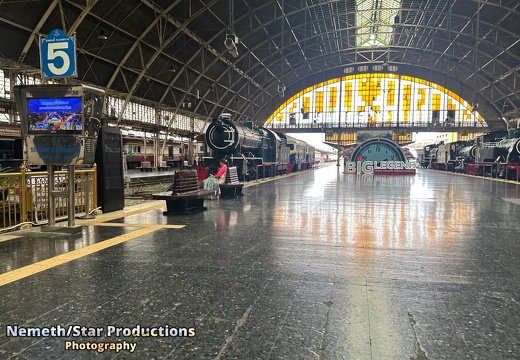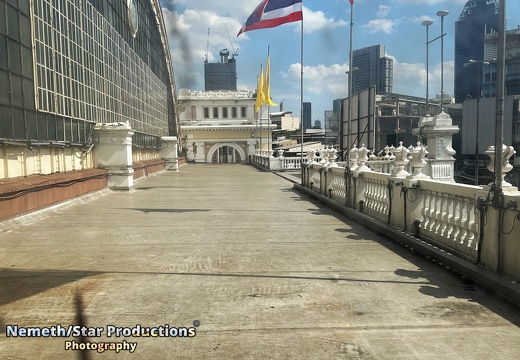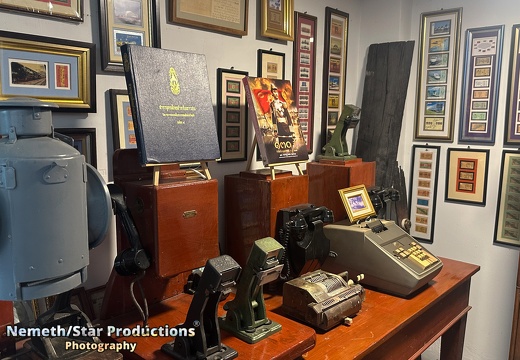Nemeth/Star Productions - Picture Gallery









Legal Notice
Privacy
© Nemeth/Star Productions 2025
Welcome to "Yim Thong of Thailand: Photography," our captivating new show that transports you directly to the heart of Thailand. Embark on a visual journey with us as we begin our exploration in the vibrant city of Bangkok, starting at the iconic Hua Lamphong train station. Hua Lamphong railway station, also known as Bangkok railway station, is a significant architectural landmark in Bangkok, Thailand. Designed in Italian neo-Renaissance style by architects Mario Tamagno and Annibale Rigotti, it features decorated wooden roofs, stained glass windows, and grand facades. Completed in 1916 after six years of construction, the station served as a central hub for both goods and passenger transport. Originally named after the nearby Hua Lamphong canal and road, the station’s name reflects its historical context. Some theories suggest that the name originated from the green plains surrounding the area, used for grazing cattle by the Muslim community. Others propose it derived from the Lamphong plant, a toxic species once abundant in the area. During its operation, Hua Lamphong station witnessed significant events, including World War II and the bombing of Bangkok. A large air raid shelter was erected in front of the station during the war, later replaced by the iconic Erawan fountain. Despite its historical significance and architectural charm, the station faced challenges due to limited space for expansion. In 2023, long-distance trains were relocated to the new Krung Thep Aphiwat Central Terminal, marking a shift in the station’s role. Plans to convert Hua Lamphong into a museum were proposed in 2021 but faced opposition. Today, Hua Lamphong railway station continues to serve as a terminus for ordinary and commuter trains, while all Eastern line services terminate there. It remains a symbol of Bangkok’s rich railway history and architectural heritage.
Powered by Piwigo






















